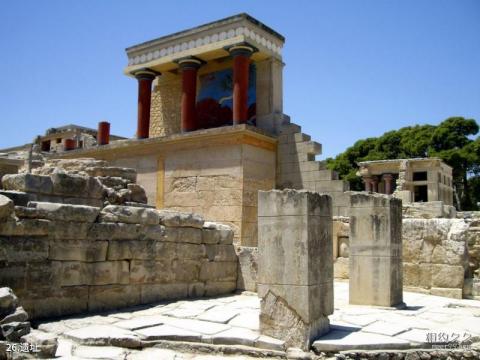
Site introduction: From about 2600 BC to 1125 BC, the famous Minoan culture emerged on the island. Art, architecture and engineering technology flourished unprecedentedly, and the unified Minoan dynasty was established. At the beginning of the 20th century, the ruins of the Knossos Palace were excavated in the northern part of the island. They were large in scale and vaguely consistent with the legendary labyrinth where King Minos imprisoned the bull monster. The palace was built against the mountain, with a rectangular courtyard in the center and kings surrounding it. The palace, the queen's bedroom, the religious Double Ax Palace, storage rooms, warehouses, etc. are surrounded by each other. The buildings are connected by corridors, foyers, compound roads, stairs, etc., with thousands of doors and twists and turns. Known as the "maze". There are numerous other monuments on Crete that add to the island’s charm.
